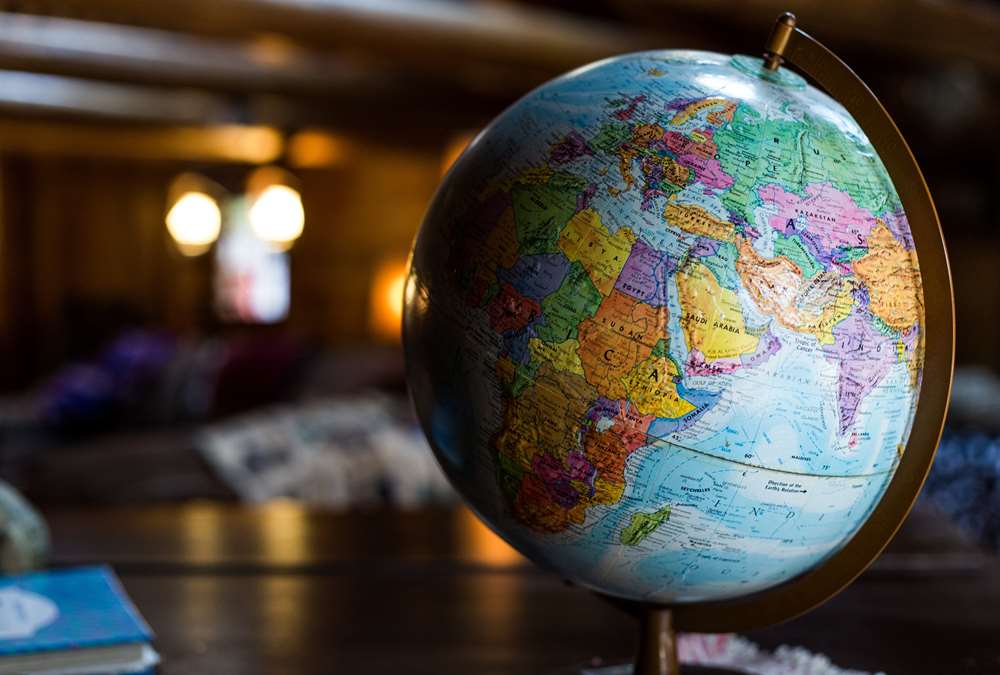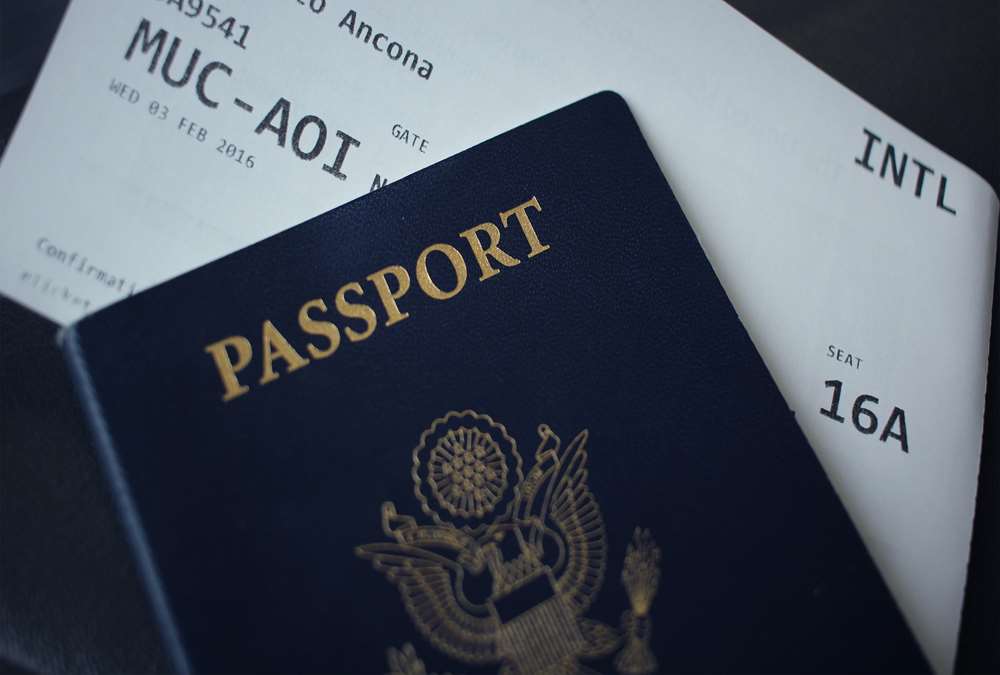
Hospitality Industry – Domain Knowledge
Are you looking for knowledge and key business information on the hospitality industry?
brings you an overview of the hospitality industry, business model, value chain, competitive landscape, and latest trends. The hospitality industry is a broad category of fields within the service industry that includes accommodation, catering, event planning, theme parks, and transportation. It includes hotels, restaurants and bars. The market size of the global hospitality industry was just over US$570 billion in 2017. The hospitality industry encompasses a wide variety of service sector activities and is a major provider of direct and indirect jobs. Food and beverage, travel and tourism, accommodation and recreation are all segments of this industry. This section on the hospitality industry is designed to help learners get an overview and understand key concepts, terminology and glossary, issues and challenges associated with the industry, and strategies used to overcome some of these challenges.
Learn the different dynamics and challenges in the hospitality industry. Rapidly improve your business acumen and speak like an expert and impress your stakeholders at your next meeting!

We all travel and have been tourists, perhaps several times in our lives. Tourism and tourist are such common words that they are mentioned almost daily in newspapers and magazines. Despite its popularity, have you ever thought about the definition of travel and tourism? What components make up the tourism industry? Who qualifies as a tourist? Well, this article attempts to explore the words “travel”, “tourism” and “tourist” – both technically and conceptually.

The tourism sector is a range of businesses and organizations involved in the delivery of the tourism product. All elements of tourism are linked and interact; Essentially, the tourism industry is a system of customers and suppliers who demand and provide tourism products and services. When it comes to tourism, you will very often come across terms such as tourism products and services. These components of travel and tourism can be broadly divided into six key areas highlighted below.

Wealthy people have always traveled to remote parts of the world, to see grand buildings, works of art, learn new languages, experience new cultures and taste different cuisines. There has been an upward trend in tourism over the past decades and now domestic or international travel for short breaks is very common. Tourists have a wide range of budgets and tastes, and a wide variety of resorts and hotels have been developed to meet their needs.

What is the impact of the tourism industry on a country? The impact of the tourism industry can be categorized into social and cultural impact, economic impact and environmental impact. The social and cultural impact signs the impact it creates in terms of social changes. The economic impact can be quantified in terms of monetary benefits and the overall economic development of society. Environmental impact refers to the impact on nature and surrounding areas.

Tourism can have different effects on the social and cultural aspects of life in a particular region depending on the strengths of the region. The effect can be positive or negative. Tours also focus on unique natural or geographical features like coastline, islands, mountains, spas, countryside, etc. In these places, the provision of tourist services and the pressure of tourists are bound to have impacts on the environment, the economy, local social practices and on the populations.

The tourism industry has contributed to the economic growth of a country through factors such as industrialization, education, advanced technology, more skilled professionals, open foreign markets, liberal trade policies and better advertising and strategic marketing. The revenue generated contributes to the national balance of payments, drawing revenue from direct taxation, as well as indirect taxes on goods and services purchased by tourists.

The environment is the surrounding atmosphere or the condition of existence. The impact of tourism on the environment is both positive and negative. This article tackles the major question of the consequences of tourism on the environment. This is a complex area because, while tourism depends on the quality of the environment to attract and sustain visitors, it can also have a detrimental effect on those same environments – and their climate.

The main challenges facing tourism are taxation, travel marketing, infrastructure issues, and security and cross-border regulations. Too many tourist destinations are unprepared for visitors. Tourists or travelers may sometimes feel that travel marketing is overdone. Another major challenge facing the tourism industry is fluctuating fares and cost inflation. New challenges seem to be emerging rapidly impacting the industry as a whole.
